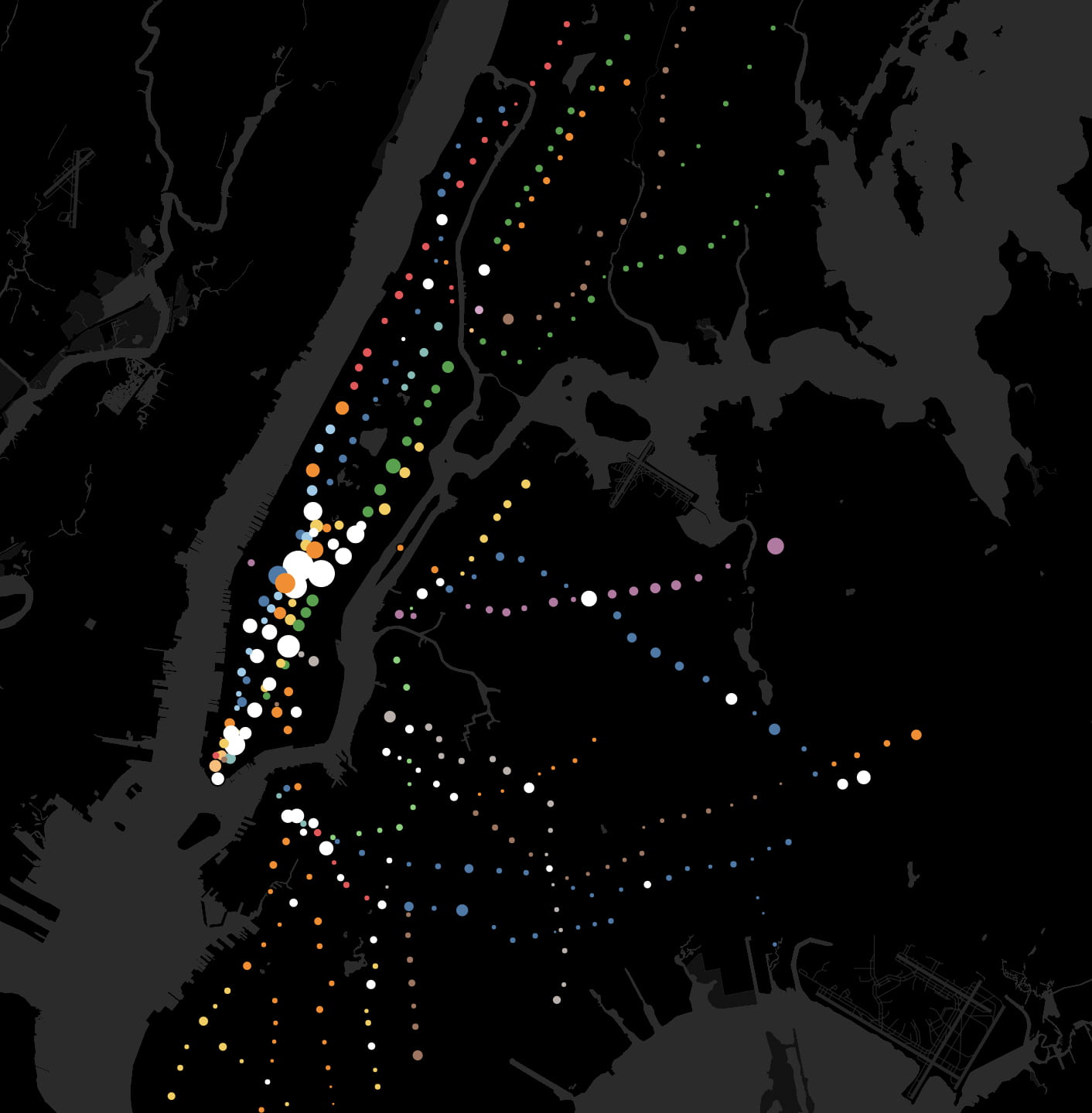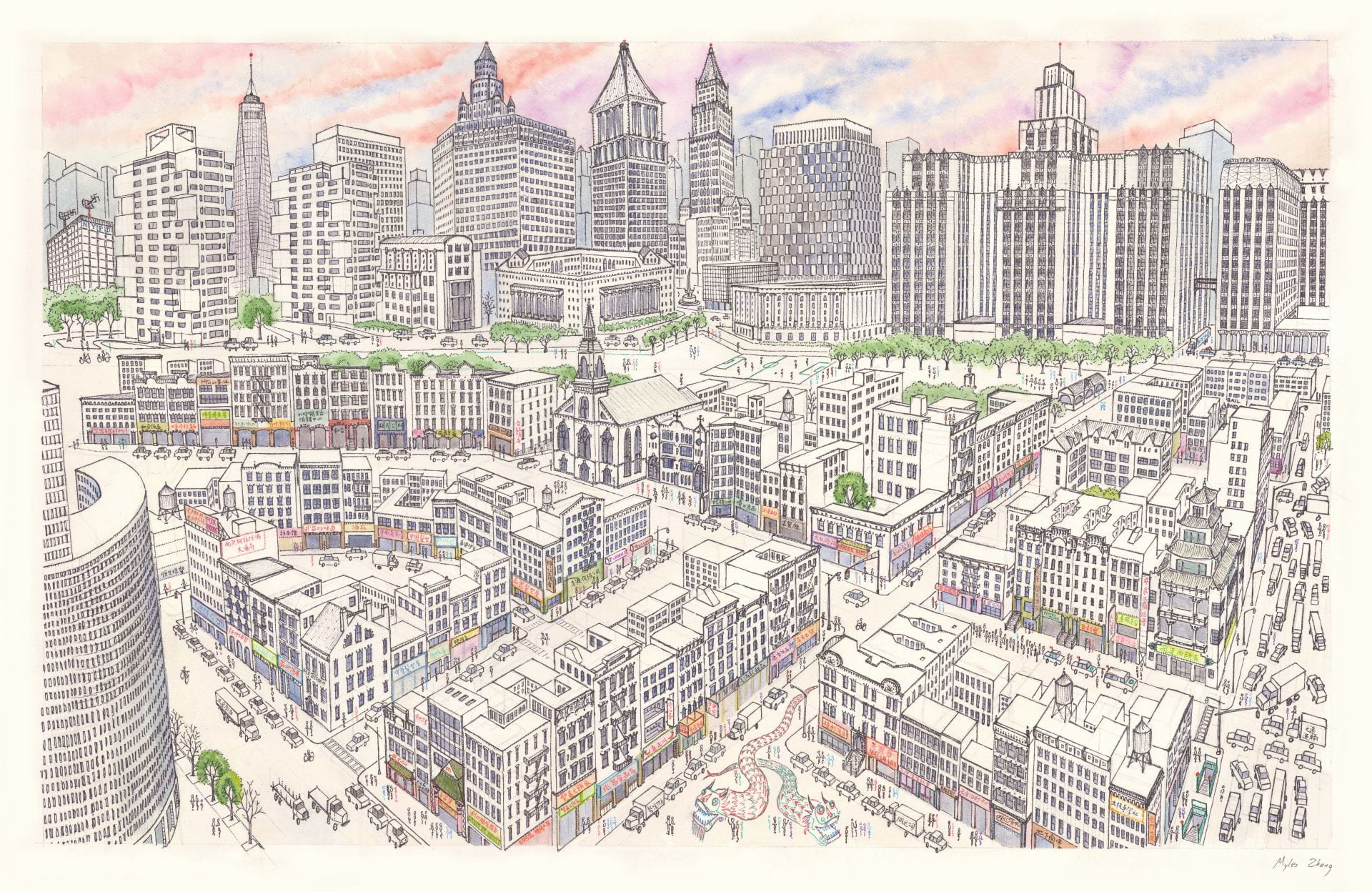View my data visualizations of New Jersey’s suburban growth here.
Created with data from NJ Transit on weekday and weekend rail ridership.
Or download my data from Tableau Public.
NJ Transit carries over 90,000 commuters per day to and from New York Penn Station, the busiest rail station in the Western Hemisphere. The construction of this rail network in the nineteenth and early twentieth centuries was focused around New York City. Like spokes on a wheel, these rail lines radiate from the urban center.
Hover over stations to view statistics. Dot color corresponds to train line. White dots are for stations where multiple lines intersect. Dot size corresponds to number of riders per day: Large dots for busy stations and small dots for less busy stations. For each station, the average number of daily riders is listed.
.
.
The map above shows weekday ridership patterns. Movement is centered around the employment hubs of Newark and New York Penn Station. The next two busiest stations are Secaucus Junction and Hoboken, but these two stations are not destinations. Instead, they are transfer points for commuters en route to New York City. Commuters collected from stations on the Pascack Valley, Bergen County, and Main Line are almost all headed to New York City, but they must transfer at Secaucus (to another NJT train) or at Hoboken (to PATH / Hudson River ferries).
.
.
This map shows Sunday ridership. On average, stations are 66% to 75% less busy on weekends. The thirteen stations along the Montclair-Boonton Line – between Bay Street and Denville – are also closed on weekends because ridership is so low. However, the only line that is almost as busy on weekends as it is on weekdays is the Atlantic City Line. This is likely because trains on this line serve weekend tourists to the New Jersey Shore and Atlantic City casinos.
.
.
Notice the large difference between the first four stations and all others listed. Keep in mind that a lot of this data double-counts a single passenger. For instance, someone riding from their home to work will be counted once in the morning, and again in the evening.
.
Writing Here Is New York in 1949, American writer E.B. White has this to say about suburban commuters:
.






